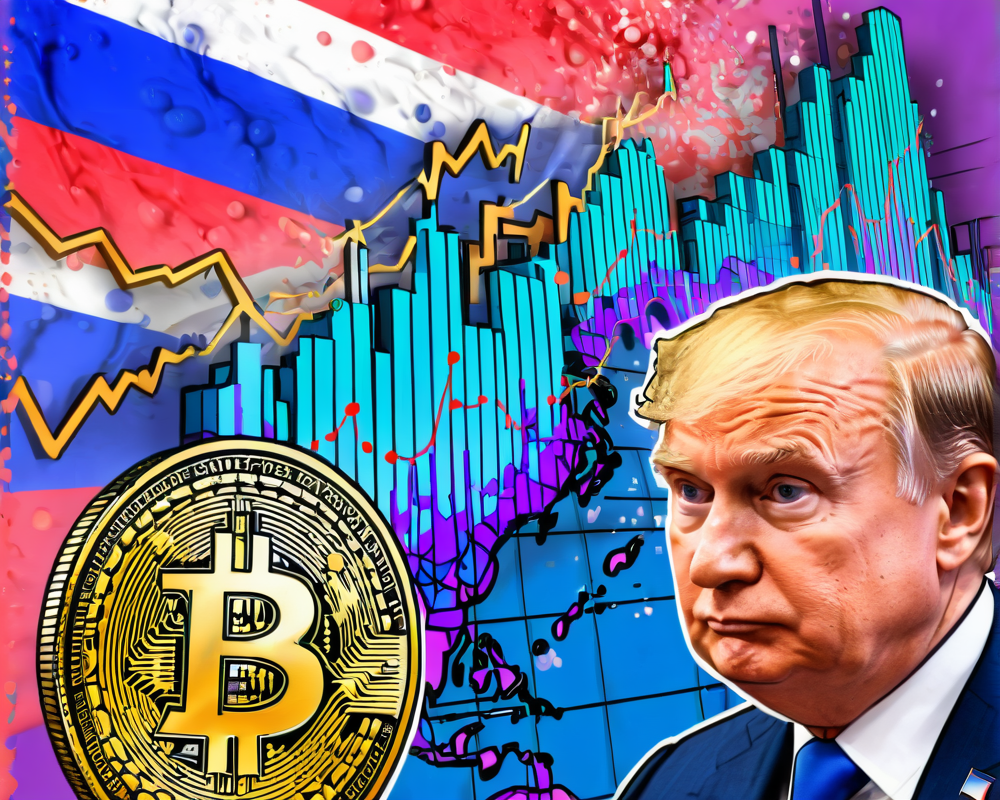The Fed’s Open-Ended Discussion on Digital Dollars
Last week, the Federal Reserve dropped a bombshell by releasing a discussion paper that isn’t just fluff—it’s a deep dive into the world of Central Bank Digital Currencies (CBDCs). However, before you get too hyped, the Fed has made it crystal clear that this isn’t an endorsement for any specific policy. The report is more like that friend who shows up to dinner with no intention of sharing their dessert—open-ended and slightly mysterious.
The analysis covers both risks and benefits associated with a U.S. CBDC, touching on user privacy—yeah, remember that? It’s like the Fed went to a crypto convention and took notes. Crypto-friendly senators were all thumbs-up about the findings, with Senator Cynthia Lummis applauding the fact that Congress will ultimately decide the fate of any potential digital dollar.
Russia’s No-Nonsense Approach
Meanwhile, in Russia, the central bankers are pulling a total 180 by pushing for a complete ban on domestic cryptocurrency operations and mining. Yep, in a world where most are trying to figure out the best way to coax crypto into the mainstream, Russia’s decision feels like bringing a spoon to a knife fight.
The Russian Central Bank is throwing down the gauntlet, citing concerns over investor safety and the stability of their financial system. This isn’t just some idle talk; they’re proposing punishments for anyone who dares to break these new rules. However, there’s a twist—Russian citizens can still trade crypto with foreign exchanges. It’s like giving candy to kids but telling them not to open it.
The Ripple Effect on Crypto Advertising
As if that weren’t enough, other countries are ramping up their regulation game by targeting crypto ads. The UK and Spain are taking a measured approach, focusing on ensuring risk disclosures in promotions. Meanwhile, Singapore has decided to play the strict parent by outright banning crypto-related advertisements in public. Sorry, folks, no flashy signs for you!
Binance’s big cheese, Changpeng Zhao, has some question marks about how effective these measures will be. After all, in the world of crypto, word-of-mouth marketing pops like popcorn. As regulations tighten, it feels like we’re entering a second phase of crypto regulation where not only are the wallets being checked, but the ads are coming under scrutiny as well.
A Global Shift in Regulatory Focus
This shift in focus towards consumer protection is an essential evolution for global jurisdictions that have already established Anti-Money Laundering (AML) and Counter Financing of Terrorism (CFT) rules. Instead of just chasing shadows, they’re now ensuring that digital assets are not marketed to unsuspecting populations that may leap first and ask questions later.
The Final Word: A Tale of Two Approaches
As we watch these developments unfold, it’s fascinating to see how two major players in the global economy approach the future of crypto. The U.S. Federal Reserve is tiptoeing around the idea of a digital dollar while embracing the conversation, whereas Russia appears to be playing the role of the strict parent with a firm no. It’s a tale of two strategies in a new digital age, and it’ll be interesting to see whose approach proves to be successful—or at least the least chaotic.




